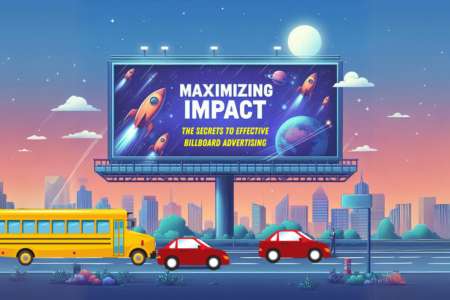In the vibrant tapestry of India’s advertising industry, navigating through challenges while crafting effective strategies is essential for success. As one of the world’s fastest-growing economies, India presents both immense opportunities and unique hurdles for advertisers. Understanding these dynamics is crucial for companies aiming to establish a significant presence in this diverse and dynamic market.
Challenges:
- Cultural Diversity: India’s cultural landscape is incredibly diverse, with numerous languages, traditions, and customs across its vast geography. Crafting a message that resonates across these diverse demographics requires nuanced cultural understanding and localization.
- Regulatory Environment: The regulatory environment in India can be complex and ever-evolving. Advertisers must stay abreast of regulations related to content, endorsements, labeling, and more to ensure compliance and avoid legal issues.
- Media Fragmentation: India’s media landscape is highly fragmented, with a plethora of television channels, radio stations, newspapers, and digital platforms catering to various audiences. Choosing the right channels to reach target demographics effectively can be challenging amidst this fragmentation.
- Socio-Economic Disparities: India’s socio-economic disparities pose a challenge for advertisers aiming to target consumers across different income groups. Crafting campaigns that appeal to both affluent urban consumers and those in rural areas with limited purchasing power requires careful consideration.
- Digital Transformation: While India’s digital landscape is rapidly evolving, there are still significant disparities in internet access and digital literacy across regions. Advertisers must navigate these challenges while leveraging digital platforms to reach their target audience effectively.
Strategies:
- Localized Content: Tailoring advertising content to resonate with local cultures and languages is key to engaging diverse audiences across India. Advertisers should invest in market research to understand regional preferences and nuances.
- Compliance and Ethics: Prioritizing compliance with regulatory standards and maintaining ethical advertising practices is crucial for long-term success in the Indian market. Adhering to guidelines set by regulatory bodies such as the Advertising Standards Council of India (ASCI) helps build trust with consumers.
- Multi-Channel Approach: Adopting a multi-channel approach that combines traditional and digital media channels allows advertisers to reach a wider audience while maximizing impact. Strategic partnerships with media agencies can help navigate the complexities of the media landscape.
- Segmented Targeting: Segmenting the target audience based on demographics, socio-economic factors, and psychographics enables advertisers to tailor messaging and offerings to specific consumer groups effectively. Leveraging data analytics and consumer insights can inform targeted advertising strategies.
- Digital Inclusion: Promoting digital inclusion initiatives and creating campaigns that resonate with audiences across digital literacy levels can help bridge the digital divide. Simplifying user interfaces and providing vernacular content can make digital platforms more accessible to a broader audience.
- In conclusion, while advertising in India presents its share of challenges, strategicapproaches centered on cultural sensitivity, regulatory compliance, and audience segmentation can unlock vast opportunities for brands. By embracing the diversity and dynamism of the Indian market, advertisers can forge meaningful connections with consumers and drive sustainable growth in this burgeoning landscape.










